Julio Nogima
Harnessing the Power of Artificial Intelligence to Vitalize Endangered Indigenous Languages: Technologies and Experiences
Jul 17, 2024Abstract:Since 2022 we have been exploring application areas and technologies in which Artificial Intelligence (AI) and modern Natural Language Processing (NLP), such as Large Language Models (LLMs), can be employed to foster the usage and facilitate the documentation of Indigenous languages which are in danger of disappearing. We start by discussing the decreasing diversity of languages in the world and how working with Indigenous languages poses unique ethical challenges for AI and NLP. To address those challenges, we propose an alternative development AI cycle based on community engagement and usage. Then, we report encouraging results in the development of high-quality machine learning translators for Indigenous languages by fine-tuning state-of-the-art (SOTA) translators with tiny amounts of data and discuss how to avoid some common pitfalls in the process. We also present prototypes we have built in projects done in 2023 and 2024 with Indigenous communities in Brazil, aimed at facilitating writing, and discuss the development of Indigenous Language Models (ILMs) as a replicable and scalable way to create spell-checkers, next-word predictors, and similar tools. Finally, we discuss how we envision a future for language documentation where dying languages are preserved as interactive language models.
Creating an African American-Sounding TTS: Guidelines, Technical Challenges,and Surprising Evaluations
Mar 17, 2024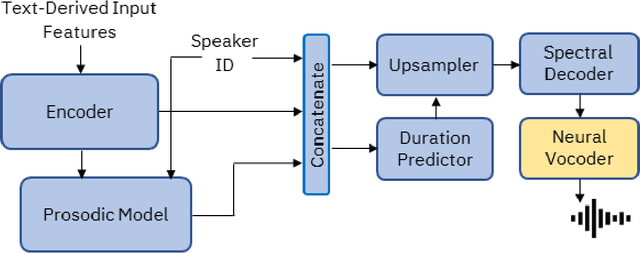

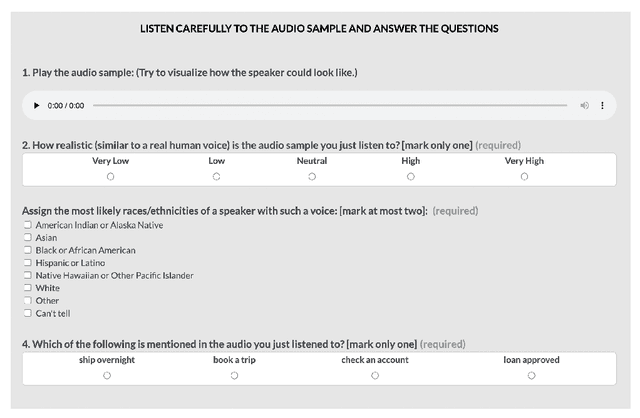

Abstract:Representations of AI agents in user interfaces and robotics are predominantly White, not only in terms of facial and skin features, but also in the synthetic voices they use. In this paper we explore some unexpected challenges in the representation of race we found in the process of developing an U.S. English Text-to-Speech (TTS) system aimed to sound like an educated, professional, regional accent-free African American woman. The paper starts by presenting the results of focus groups with African American IT professionals where guidelines and challenges for the creation of a representative and appropriate TTS system were discussed and gathered, followed by a discussion about some of the technical difficulties faced by the TTS system developers. We then describe two studies with U.S. English speakers where the participants were not able to attribute the correct race to the African American TTS voice while overwhelmingly correctly recognizing the race of a White TTS system of similar quality. A focus group with African American IT workers not only confirmed the representativeness of the African American voice we built, but also suggested that the surprising recognition results may have been caused by the inability or the latent prejudice from non-African Americans to associate educated, non-vernacular, professionally-sounding voices to African American people.
Using Meta-Knowledge Mined from Identifiers to Improve Intent Recognition in Neuro-Symbolic Algorithms
Dec 16, 2020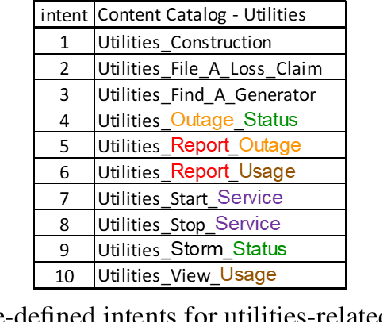
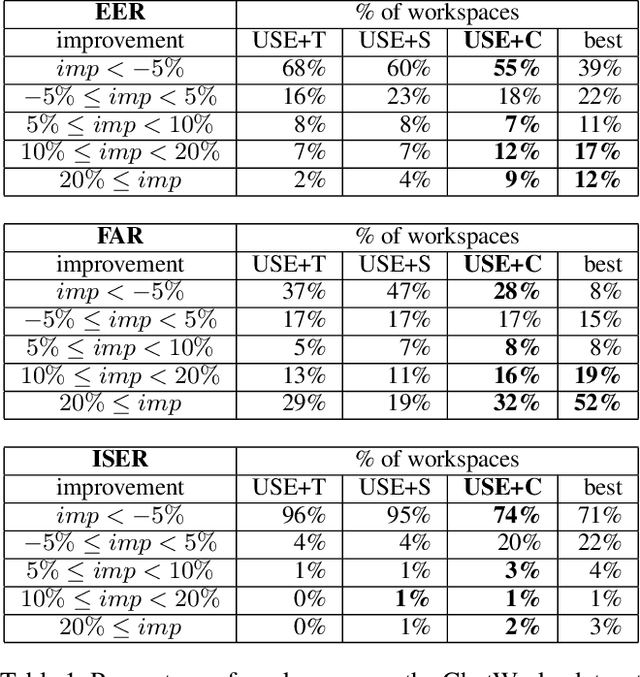
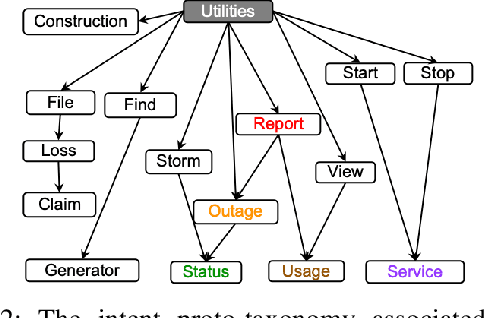
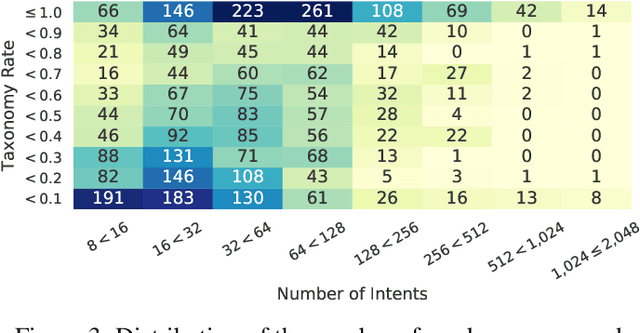
Abstract:In this paper we explore the use of meta-knowledge embedded in intent identifiers to improve intent recognition in conversational systems. As evidenced by the analysis of thousands of real-world chatbots and in interviews with professional chatbot curators, developers and domain experts tend to organize the set of chatbot intents by identifying them using proto-taxonomies, i.e., meta-knowledge connecting high-level, symbolic concepts shared across different intents. By using neuro-symbolic algorithms able to incorporate such proto-taxonomies to expand intent representation, we show that such mined meta-knowledge can improve accuracy in intent recognition. In a dataset with intents and example utterances from hundreds of professional chatbots, we saw improvements of more than 10% in the equal error rate (EER) in almost a third of the chatbots when we apply those algorithms in comparison to a baseline of the same algorithms without the meta-knowledge. The meta-knowledge proved to be even more relevant in detecting out-of-scope utterances, decreasing the false acceptance rate (FAR) in more than 20\% in about half of the chatbots. The experiments demonstrate that such symbolic meta-knowledge structures can be effectively mined and used by neuro-symbolic algorithms, apparently by incorporating into the learning process higher-level structures of the problem being solved. Based on these results, we also discuss how the use of mined meta-knowledge can be an answer for the challenge of knowledge acquisition in neuro-symbolic algorithms.
 Add to Chrome
Add to Chrome Add to Firefox
Add to Firefox Add to Edge
Add to Edge